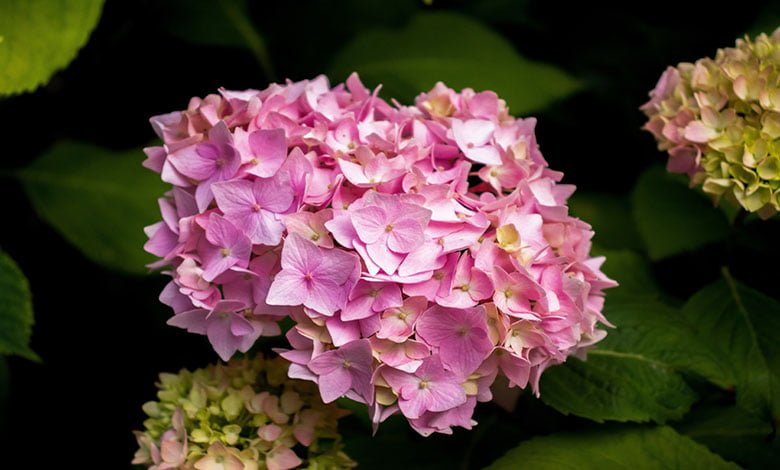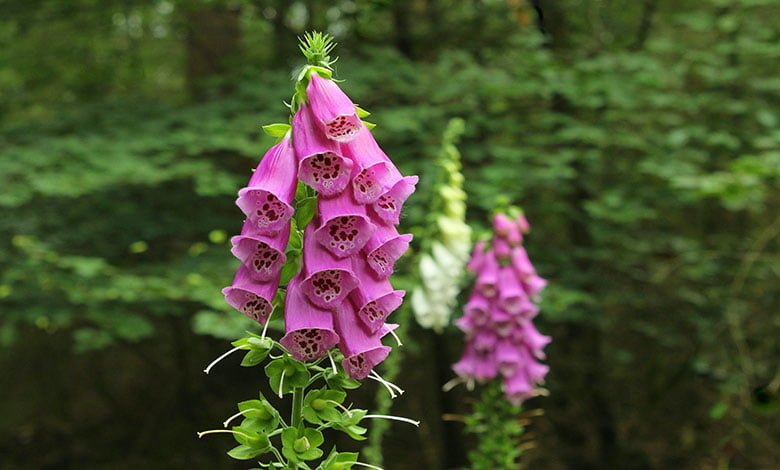How to take care of the shadow plant
How to take care of the shadow plant
How to take care of the shadow plant
Shadow plants
Homes whose owners are keen to grow indoor plants or so-called shade plants are vibrant and beautiful; they are a delight to the eye and heart and a source of fresh air; as plants convert carbon dioxide into oxygen and absorb chemicals emitted from certain substances in our homes. Some may hesitate to acquire indoor plants because of the common belief that they are difficult to take care of, but taking care of shadow plants will be an easy task, and a fun hobby when learning about their basic needs.
Care for the shadow plant
Those considering acquiring shade plants in their home should learn about the basic needs of successful growth, including good soil, proper irrigation, adequate light, temperature, humidity, and fertilizer.
Soil
The good soil of plants grown in the pots is the one that meets certain conditions, including well ventilated and drained, at the same time able to retain water and nutrients, and have PH between (5-6.5), soil components vary from plant to another, what suits a particular plant, may not suit another plant.
Irrigation
Shade plants vary in their species and varieties in terms of the amount of water they need each time, and the number of repeated watering, and it should be noted that excessive irrigation of the plant is as harmful to it as the lack of water, and even the golden rule in dealing with shadow plants when doubting its need for irrigation, is that soils that are a little dry are better than those that are very wet.
The need for plants to irrigate is affected by the different conditions they are exposed to, such as the ambient temperature, degree of humidity, light, weather, soil type, wherever the location of pots, and to avoid excess irrigation, well-drained soil must be selected, while at the same time it can retain water, and what comes is the steps of irrigating shadow plants:
- Soil testing: Most shade plants need irrigation when the soil in the pots is dry, and to make sure the state of the soil, the finger is inserted by approximately 2.5 cm in it, to make sure that the soil is not moist from the inside, and when confirming the plant’s need for irrigation, the container can be carried to estimate its weight, and with the frequency of the process can be known when the plant is irrigated when carrying the pots without the need to examine the soil.
- Irrigation of plants: The plants are irrigated with lukewarm water, that is, their temperature is close to room temperature, as cold water, especially in winter, causes shock to the roots and may cause their death, and this point is very vital for tropical plants and the spraying of water on the soil rather than on the leaves, or crown, must continue to provide the soil with water until the water begins to come out of the drain holes below the bowl, to ensure that the plant has had enough water, as well as to get rid of excess salts that cause root wounds.
- Disposal of excess water: Excess water in the plate should be disposed of below the bowl otherwise, the plant will absorb water, which means that the salts dissolved in it will be absorbed again.
For more information about How to grow basil, you can read the article How to grow basil
How to take care of the shadow plant

Light
Light is the most important factor to pay attention to when choosing shadow plants because plants need light to do a process of photosynthesis and produce the food needed for them, however, excessive exposure to light is just as harmful as its lack, and when purchasing shadow plants, consider the amount of light they need that vary from type to another. The plant’s need for light can be known through the data card attached to the plant, and in general, green leaf plants can coexist with light lighting, while colorful leaf plants need more light because the colors on their leaves tend to disappear under low light conditions, and if the plants need strong lighting, it is best to place them near the southern windows that provide much more lighting than the northern windows throughout the year for those living in the northern hemisphere, and plants that do not need strong light can be placed away from the windows.
The lack of natural light is usually compensated by artificial lighting using light bulbs, and it can be known that the plant does not receive adequate lighting, and should be exposed to more light when observing the following symptoms:
- Plant growth stopped.
- The distances between the new leaves are much longer than the distances between the old leaves.
- The new leaves are smaller, and lighter in color than old leaves.
The heat
Most shade plants are tropical and subtropical plants, so they can grow if the heat inside the house between (58-86) °F (14.4-30 °C), exposing them to temperatures below 50 °F (10 °C) leads to yellowing and falling leaves found in the lower parts of the plant. For the best results, the house temperature must be between (70-80) °F (21.1-26.7°C) during the day, and (65-70) °F (18.3-21.1°C) during the night, and if the temperature at home is more than the recommended temperature for the plant, humidity in the atmosphere can be increased by spraying plants several times daily.
Relative humidity
Relative humidity is the amount of moisture in the air, and shadow plants prefer high relative humidity, because they are often tropical plants, while relative humidity in homes is much lower, it is often between (10-20%) and higher relative humidity can be provided in the area around the plants in several ways, including:
- Putting plants close together
- Place the pot in a bowl containing water and gravel, because evaporation of water provides greater relative moisture.
- Use humidifiers at home.
- Spray plants with a light spray of water, taking into account that plants on which their leaves have fluff are not sprayed because they retain water for a long time, stimulating the growth of pathogenic bacteria.
Fertilization
A newly purchased plant often does not need fertilization because it is a fertilizer with a quantity of fertilizer for two or three months, and the amount of fertilizer to be added to the plant depends on the plant type, the soil size, and the intensity of the lighting. In winter, the growth rate of the plant is lower and the need for fertilizer is reduced, but in summer the plant needs small amounts of fertilizer as the plant grows.
There are several types of fertilizers on the market, some of which are in the form of powder, liquid, or tablets, and regardless of the fertilizer type, should not be used overused, so as not to increase soil salinity, plant roots burn, and the fertilizer sold on the market consists of:
- Elements needed by the plant in a large amount, such as:
- Nitrogen is responsible for the growth of leaves, and their fresh green color.
- Phosphorus: is responsible for the growth and health of roots, and encourages the plant to bloom.
- Potassium: is responsible for general plant growth, and has a role in flowering, and fruiting.
- Elements needed by the plant in small quantities, such as
- Boron.
- Copper.
- Manganese.
- Zinc.
Types of shadow plants
There are many types of shade plants from which can be chosen what suits the house conditions in which they will be placed, including:
- Saintpaulia.
- Aloe vera.
- Amaryllis.
- Syngonium.
- Asparagus Sprengeri.
- Bamboo palm.
- Strelitzia Nicolai.
- Bismarck’s palm.
- Black pepper.
- Boston fern.
- Aglaonema.
- Christmas cactus.

